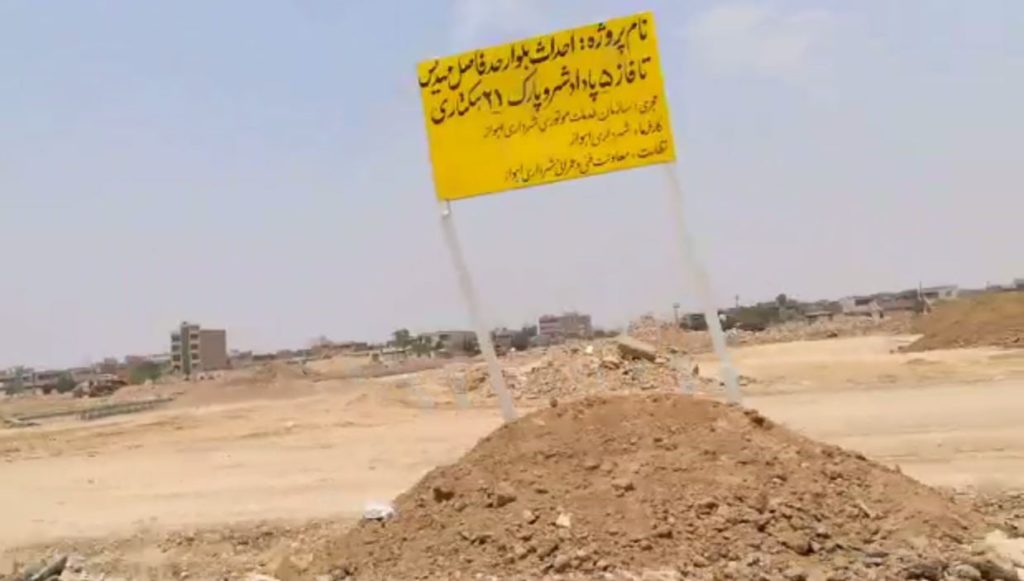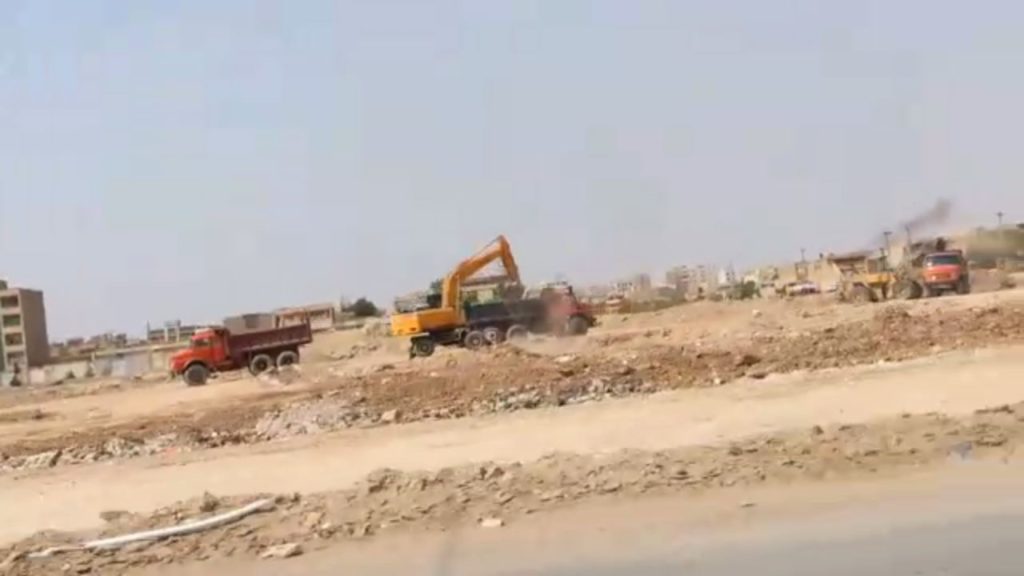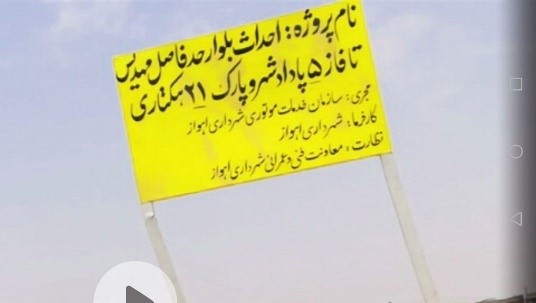On 20 July 2018, the families of the victims of the 1988 massacre and eyewitnesses who had gone to visit the graves of members of the People’s Mojahedin (PMOI) in Padadshahr District, situated behind Behesht-Abad Cemetery, found that the graves of their loved ones had been destroyed, according to information received by Justice for the Victims of the 1988 Massacre in Iran (JVMI).
The site is situated in District 5 of the Padad area in the city of Ahvaz. Victims from the 1980s, mostly those who were executed in 1988, are buried in marked graves at the site.
[youtube https://www.youtube.com/watch?v=ACTWVJQSGcI&w=560&h=315&rel=0]



At about this time last year, the authorities had attempted to destroy the mass graves, but they halted the destruction out of fear of the reaction by the relatives and the revelations by the Iranian opposition and international pressure. However, this year, they have recommenced the destruction of the graves at great speed.
In addition to the mass grave belonging to the victims of the 1988 massacre, the site also houses four mass graves where numerous opponents who were executed in the years 1981 to 1984 are buried.
Background:
In 1988, the government of Iran massacred 30,000 political prisoners. The executions took place based on a fatwa by Supreme Leader Ayatollah Khomeini. Khomeini’s decree called for the execution of all political prisoners affiliated to the main opposition group People’s Mojahedin Organisation of Iran (PMOI or MEK) who remained loyal to the organisation. Three-member commissions known as a ‘Death Commission’ were formed across Iran sending political prisoners who refused to abandon their beliefs to execution. Political prisoners affiliated to other groups were executed in a second wave about a month after the killings began. The victims were buried in secret mass graves. The perpetrators continue to enjoy impunity and many still hold senior positions in the Iranian Judiciary or Government. They include the current Justice Minister of Iran.
The JVMI in 2017 published an online interactive map of 59 mass graves related to the 1988 massacre: https://iran1988.org/interactive-map-mass-graves-irans-1988-massacre-photos/
Factsheet on the 1988 massacre: https://iran1988.org/1988-massacre/
Link to JVMI’s 1st report, “Inquiry into the 1988 mass executions in Iran“: https://drive.google.com/open?id=0B205uYOXZgtPbUdRTVQtUGFCU2s
Link to JVMI’s 2nd report, “The 1988 Massacre in Iran – Evidence of a Crime Against Humanity“: https://drive.google.com/open?id=0B205uYOXZgtPbjNabjJmaG1ZOWc
